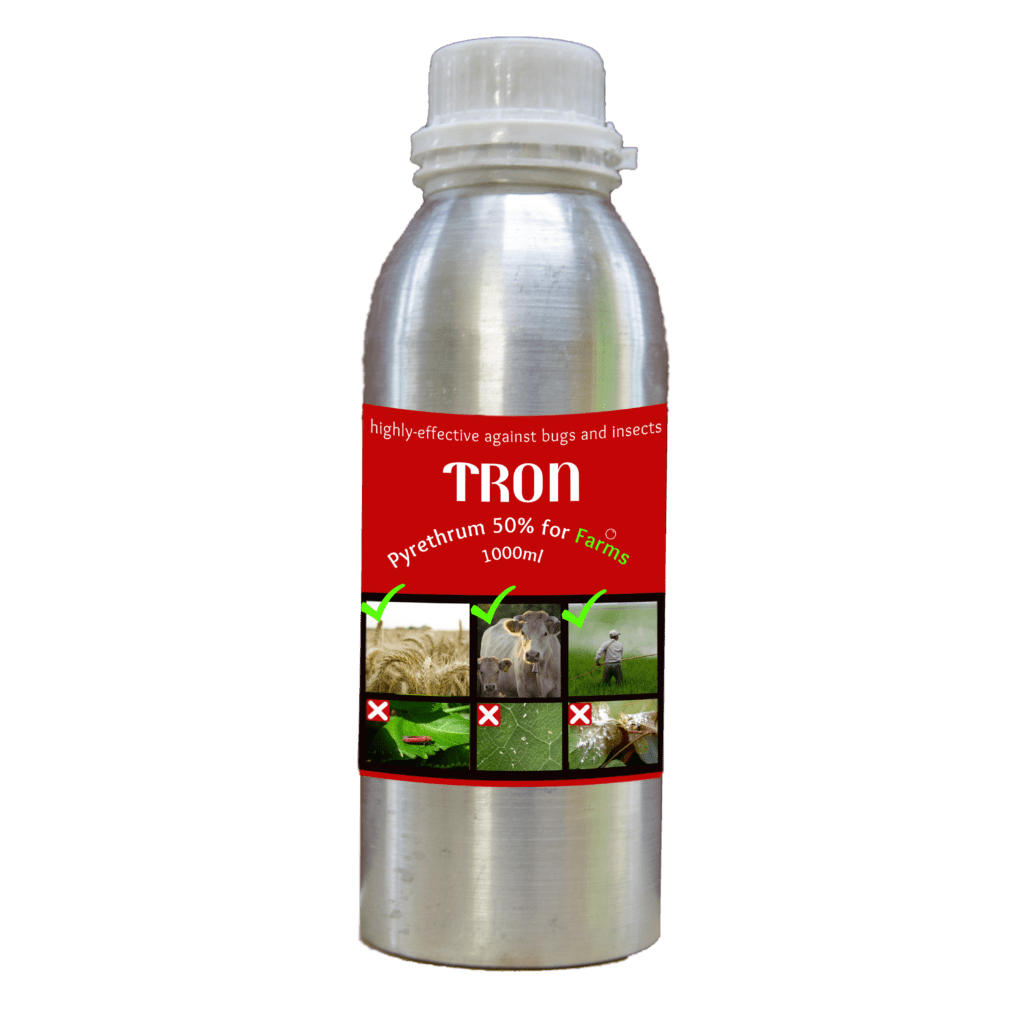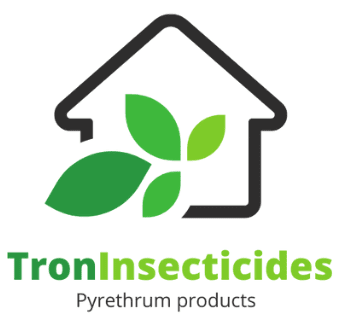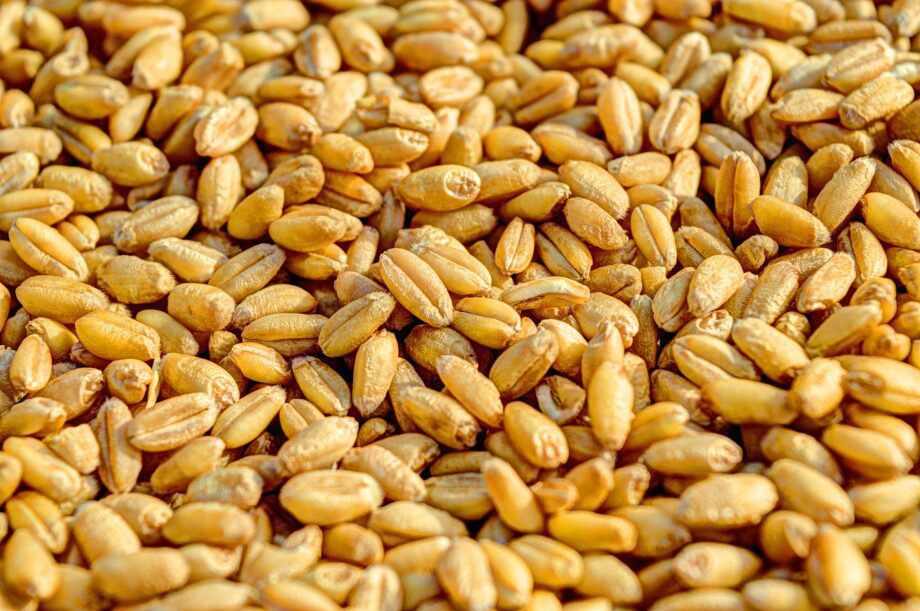
You might have seen pictures of vast farmlands with crops as far as the eye can see. The notion of starting your crop farm may therefore seem daunting, but it is not as difficult as it seems! This article will provide all the information you need to get started in crop farming, from the type of equipment you will need to the different methods of planting and harvesting.
What is Crop Farming?
Crop farming is the art and science of growing crops for human consumption. It is an ancient practice that has been around for thousands of years, and it is still a vital part of our food system today. There are many different types of crop farms, and each one has its own unique set of challenges and rewards. Whether you are a small-scale farmer just getting started, or a large-scale commercial operation, there is a place for you in the world of crop farming.
What are the essential things needed to do Crop Farming?
No matter what type of crop you want to grow, there are some essential things you need to do to be successful. First, you need to make sure your soil is healthy. This means testing the soil and making sure it has the right nutrients for your crops. You also need to make sure the pH level is balanced. Second, you need to choose the right location for your farm. This means taking into account things like climate, rainfall, and sun exposure. Third, you need to create an irrigation system.
This will ensure that your crops have enough water during the growing season. Fourth, you need to plant your seeds at the right time. This will vary depending on the type of crop you are growing. Fifth, you need to monitor your crops and remove any weeds or pests that may be present. Sixth, you need to harvest your crops at the right time. If you wait too long, the crops will not be as fresh and may not taste as good.
Seventh, you need to store your crops properly so they do not rot or go bad before you have a chance to sell them. These are just a few of the essential things you need to do to be successful at crop farming.
How can you start crop farming?

If you’re thinking about starting a farm, you might be wondering how to get started with crop farming. It’s not as complicated as it may seem – all you need is some basic equipment and knowledge of how to sow, cultivate and harvest your crops.
First, you’ll need to choose the right location for your farm field. Make sure you have enough space for the type of crops you want to grow, and that the soil is rich and fertile. You’ll also need to consider things like water availability and climate when choosing your farm site.
Next, you’ll need to purchase the necessary equipment. This includes things like tractors, plows, harrows, seeders, and irrigation systems. If you’re just starting, it might be worth renting or leasing some of this equipment instead of purchasing it outright.
Once you have your equipment and farm site ready, it’s time to start planting! Make sure you know when the best time to sow your particular crops is, and follow the recommended planting depths and spacing requirements. After planting, it’s important to keep an eye on your crops and make sure they’re getting enough water and nutrients.
What type of soil is needed
Different types of crops require different types of soil to grow. For example, potatoes need loose, well-drained soil in order to grow properly. Conversely, rice requires wet, marshy soil in order to thrive. Therefore, it is important to know what type of soil is needed for the specific crop you are trying to grow.
What type of fertilizers and organic insecticides are needed

When it comes to crop farming, there are a few key things you need to keep in mind to be successful. One of those things is using the right type of fertilizer and organic insecticide. In this blog post, we’ll go over what type of fertilisers and organic insecticides are needed for crop farming.
Fertilizers are an important part of crop farming. They help to add nutrients to the soil that the plants need to grow. There are a variety of different types of fertilisers that you can use, so it’s important to choose one that’s right for your crops. You also need to be careful not to overuse fertiliser, as this can damage the plants.
Organic insecticides are another important part of crop farming. These help to keep pests away from your crops, which can damage them or even kill them. There are a variety of different types of organic insecticides, so it’s important to choose one that’s right for your crops. You also need to be careful not to overuse organic insecticides, as this may harm the yield and may lead to the death of crops.
Things to remember before doing Crop Farming
Crop farming is a great way to get started in the agricultural industry. Here are a few tips to remember before starting your own crop farming:
1. Make sure you have the right land. Crop farming requires a lot of space, so you’ll need to make sure you have enough land available. The size of your farm will also determine the type of equipment you’ll need, so keep that in mind when choosing your land.
2. Choose the right crops. Not all crops are created equal. Some require more care than others, and some are more susceptible to pests and diseases. Do your research and choose the crops that are right for your climate and your farm’s soil type.
3. Invest in good equipment. Farming is a physical job, so you’ll need good quality equipment that can withstand the rigors of daily use. From tractors to plows, make sure you invest in durable equipment that will last for years to come.
4. Hire experienced help. If you’re new to farming, it’s a good idea to hire someone with experience to help you get started.
Things to avoid while doing Crop Farming
When it comes to crop farming, there are a few things that you should avoid if you want to be successful. Here are a few things to keep in mind before initiating farming:
1. Don’t Overwater your Crops
One of the most common mistakes farmers make is overwatering their crops. This can lead to a number of problems, including root rot, fungal diseases, and nutrient deficiencies. If you’re unsure how much water your crops need, it’s always better to err on the side of caution and give them less rather than more.
2. Don’t Use Too Much Fertilizer
Another common mistake is using too much fertilizer. This can burn your plants’ roots and leaves, and it can also pollute the environment. When it comes to fertilizer, less is definitely more.
3. Don’t Plant in Poor Soil
If you want your crops to thrive, you need to plant them in good-quality soil. Avoid planting in soil that is compacted, full of weeds, or otherwise not ideal for growing healthy plants.
4. Don’t Neglect Pest Control
Pests can destroy your crops and ruin your entire harvest. Be sure to implement pest control to protect your crops.
How to grow wheat on your farm?
Are you thinking of starting a farm? If so, you may be wondering what crops to grow. Wheat is a great option for many farms. Not only is wheat a staple crop that can be used in a variety of ways, but it’s also relatively easy to grow. In this article, we’ll give you a step-by-step guide on how to grow wheat on your farm.
1. Choose a wheat variety that will do well in your climate. There are many different varieties of wheat, so it’s important to choose one that will thrive in the conditions where you live.
2. Prepare your soil for planting. Wheat needs well-drained soil that is high in organic matter. You can add compost or manure to your soil to improve its quality and better wheat yield.
3. Sow the wheat seeds in late spring or early summer. Plant the seeds about 1 inch deep and 12 inches apart for better growth of the wheat plant.
4. Water the wheat regularly, especially during hot, dry weather. Wheat needs about 1 inch of water per week.
5. Harvest the wheat when the grain heads are golden brown and dry. This usually happens in late summer or early fall to get good yellow wheat. Cut the wheat stalks with a sharp knife
How to grow soybean on your farm?

Soybeans are a type of legume that is native to East Asian and south-east Asian countries. They are a versatile crop that can be used for food, animal feed, and even industrial purposes. Soybeans are relatively easy to grow, and they are a good option for farmers who are just starting out. In this article, we will give you some tips on how to grow soybean on your farm.
Soybeans prefer a warm climate, so they are best suited for growth in the summer months. The plants can be grown from seed, and they will usually reach a height of around 2-3 meters. Once the plants have flowered and produced pods, they should be ready for harvest within 4-5 weeks.
When harvesting soybeans, it is important to choose a dry day with little wind. This will prevent the beans from blowing away or being damaged by the weather. Once the beans have been harvested, they need to be dried before they can be stored or used. Drying can be done in the sun or in a dehydrator.
If you follow these tips, you should be able to grow soybeans successfully on your farm.
How to grow rice on your farm?
If you’re thinking of starting a farm, rice is a great crop to grow. Not only is it a staple food in many cultures around the world, but it’s also relatively easy to grow.
Rice is a grass that is grown in tropical and subtropical regions. It thrives in wet, marshy areas with lots of sunlight. The grain of the rice plant is used for food.
There are two main types of rice:
1. Lowland rice: This type of rice is grown in flooded fields. The plants are submerged in water for most of the growing season. Lowland rice is the most common type of rice grown around the world.
2. Upland rice: This type of rice is grown on dry land. The plants are not submerged in water during the growing season. Upland rice is less common than lowland rice.
How to grow barley on your farm?

Are you thinking of starting a farm? If so, you’ll need to know how to grow barley. Barley is a type of grain that is used to make beer and whisky. It is also used as animal feed and in some countries, it is eaten as a staple food.
Barley is a relatively easy crop to grow. It can be grown in most climates and soil types. However, it prefers cool weather and does not do well in hot, humid conditions. Barley also needs a lot of nitrogen in the soil to grow well.
To plant barley, you will need to sow the seeds in early spring. Barley seeds are small and should be sown about an inch apart. Once the plants have sprouted, thin them out so that they are about eight inches apart.
Barley grows best when it is watered regularly. However, too much water can cause the plants to produce fewer grains. Avoid watering the plants during the hottest part of the day and try to water them in the morning or evening instead.
Harvesting barley typically happens in late summer or early fall. The plants will turn yellow when they are ready to harvest.
How to grow vegetables on your farm?
Are you considering crop farming? It can be a great way to provide fresh, healthy produce for your family or to sell at a farmers market. If you’re new to farming, growing vegetables is a great place to start. In this article, we’ll give you an overview of what you need to know to get started with vegetable crop farming.
Vegetable crop farming involves growing crops in designated areas of land. The first step is to choose the right location for your farm. You’ll need to consider factors like climate, soil type, and water availability. Once you’ve selected a site, you’ll need to prepare the land for planting. This involves clearing any existing vegetation, tilling the soil, and adding any necessary amendments.
After the land is prepared, you’ll need to select the right seeds or seedlings for your climate and soil type. Once you’ve chosen your plants, you’ll need to plant them in rows and care for them as they grow. This includes watering, fertilizing, and controlling pests and diseases. As your plants mature, you’ll harvest them and then sell or consume them yourself.
How to grow Moong on your farm?
Moong is a versatile legume that can be used in a variety of dishes. It is a popular crop in India and is grown in many parts of the country. Moong is a hardy plant and can be grown in a variety of climates. It is a drought-resistant crop and does not require much water. Moong can be grown as a summer or winter crop. The seeds should be sown in well-prepared soil. The best time to sow the seeds is during the monsoon season. The seedlings should be thinned out when they are about 15 cm tall. The plants should be spaced at least 30 cm apart for better spacing. Moong requires little fertilizer and can be grown without the use of pesticides.
Tips to know for better harvesting and good yield
1. Crop rotation is important to prevent soil depletion and maintain fertility.
2. Use organic matter to improve the quality of your soil and increase its water retention capacity.
3. Mulching helps reduce evaporation, conserve moisture, and keep the roots of your plants cooler in hot weather.
4. Irrigate your crops early in the morning or late in the evening to minimize water loss through evaporation.
5. Harvest your crops when they are at their peak of ripeness for the best flavor and nutritional value.
The Bottom Line
Crop farming is an incredibly rewarding experience, whether you’re doing it for commercial purposes or simply to have a hobby. It’s important to do your research before getting started, but once you know what you’re doing, it’s not that difficult. We hope this guide has been helpful in giving you a basic understanding of crop farming and what it entails.

